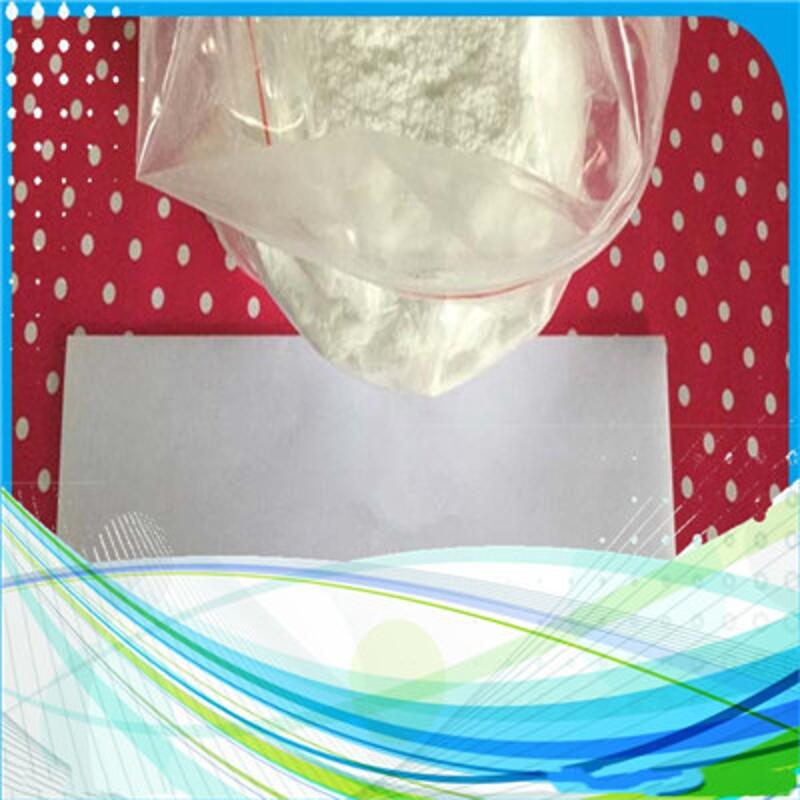-
Categories
-
Pharmaceutical Intermediates
-
Active Pharmaceutical Ingredients
-
Food Additives
- Industrial Coatings
- Agrochemicals
- Dyes and Pigments
- Surfactant
- Flavors and Fragrances
- Chemical Reagents
- Catalyst and Auxiliary
- Natural Products
- Inorganic Chemistry
-
Organic Chemistry
-
Biochemical Engineering
- Analytical Chemistry
-
Cosmetic Ingredient
- Water Treatment Chemical
-
Pharmaceutical Intermediates
Promotion
ECHEMI Mall
Wholesale
Weekly Price
Exhibition
News
-
Trade Service
Reversible chemical modification of nucleic acids plays an important role in the regulation of cell fate E Coli alkB is the first oxidative demethylase of nucleic acid, which can maintain the stability of genome by recognizing and acting on DNA / RNA damage of 1-methyladenine At present, nine human homologous proteins of alkB have been found, many of which play an important role in the maintenance of cell life activities For example, homologous proteins alkbh2 and alkbh3 also recognize and repair 1-methyladenine (similar to alkB), so they are nucleic acid repair proteins; while the other two members, alkbh5 and FTO, recognize 6-methyladenine, a type of nucleic acid modification 6-methyladenine is the most extensive internal modification of eukaryotic messenger RNA, so alkbh5 and FTO are related proteins of cells: alkbh5 affects sperm formation, while FTO is closely related to obesity The different types of nucleic acid modifications identified by different members of the alkB family largely determine the biological function of the alkB family demethylase However, the molecular mechanism of these demethylase substrate specificity has not been well explained By means of chemical biology, structural biology and other research methods, the research group of yichengqi systematically compared the similarities and differences in the sequences and structures of alkB, alkbh5 and FTO proteins It was found for the first time that different amino acid sequences near the active sites of alkB, alkbh5 and FTO play an important role in the production of substrate specificity They further proved through experiments that only alkB, alkbh5 and FTO need to be exchanged Only 1-2 amino acids in the corresponding region can exchange the demethylation activity of these three proteins (Fig 1) This work not only systematically explains the mechanism of substrate specificity of different members of the alkB family at the molecular level, but also provides an important basis for the design and development of selective small molecular inhibitors of the alkB family This work was published online on March 5 in Angewandte Chemie International Edition: "switching demethylation activities between alkB family RNA / DNA demethylases through exchange of active site residences", and was selected as "hot paper" by editor The first author of this paper is Zhu Chenxu, a doctoral student in the yichengqi Laboratory of the University of life sciences The project is supported by the National Natural Science Foundation of China and Tsinghua University Life Science Joint Center







